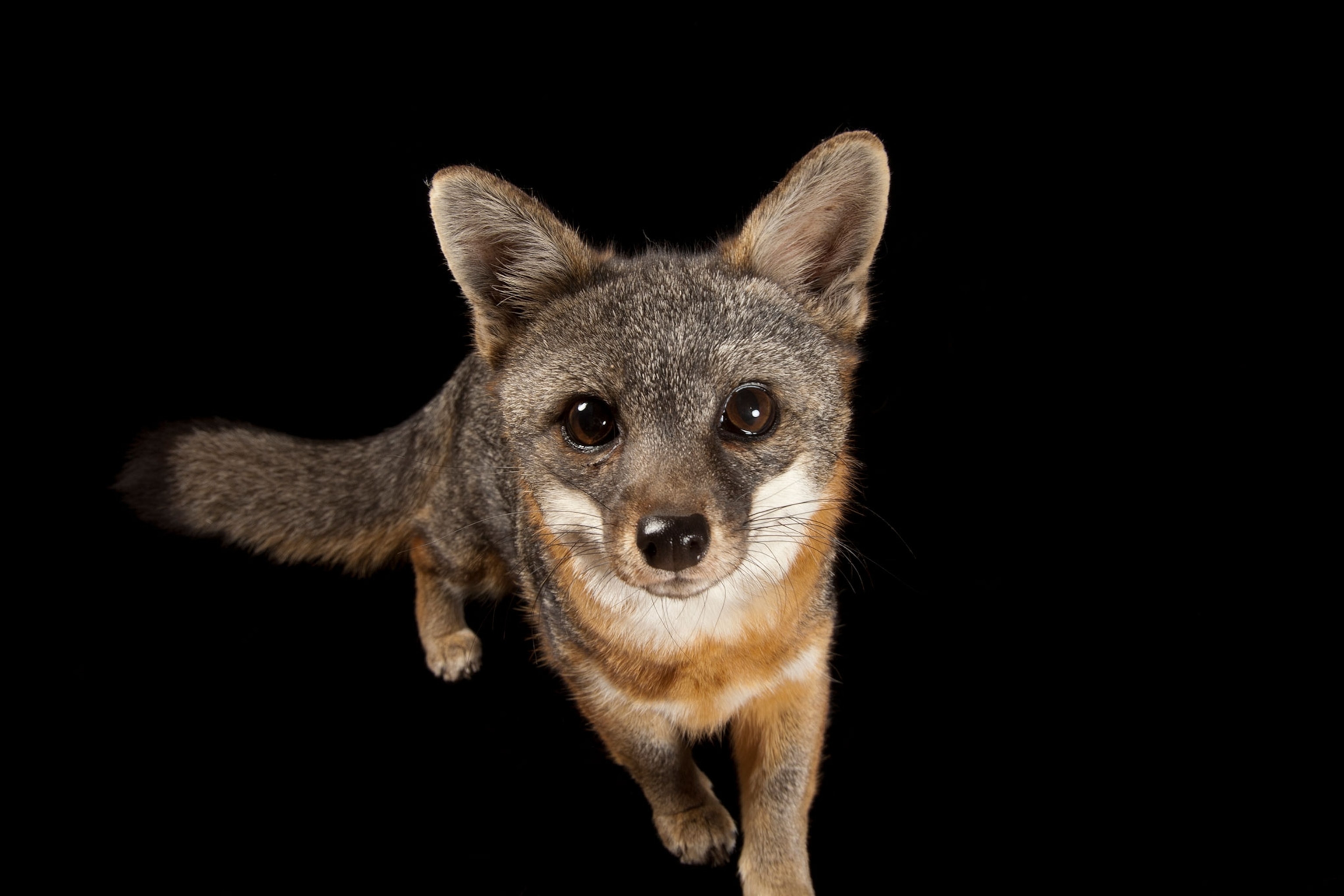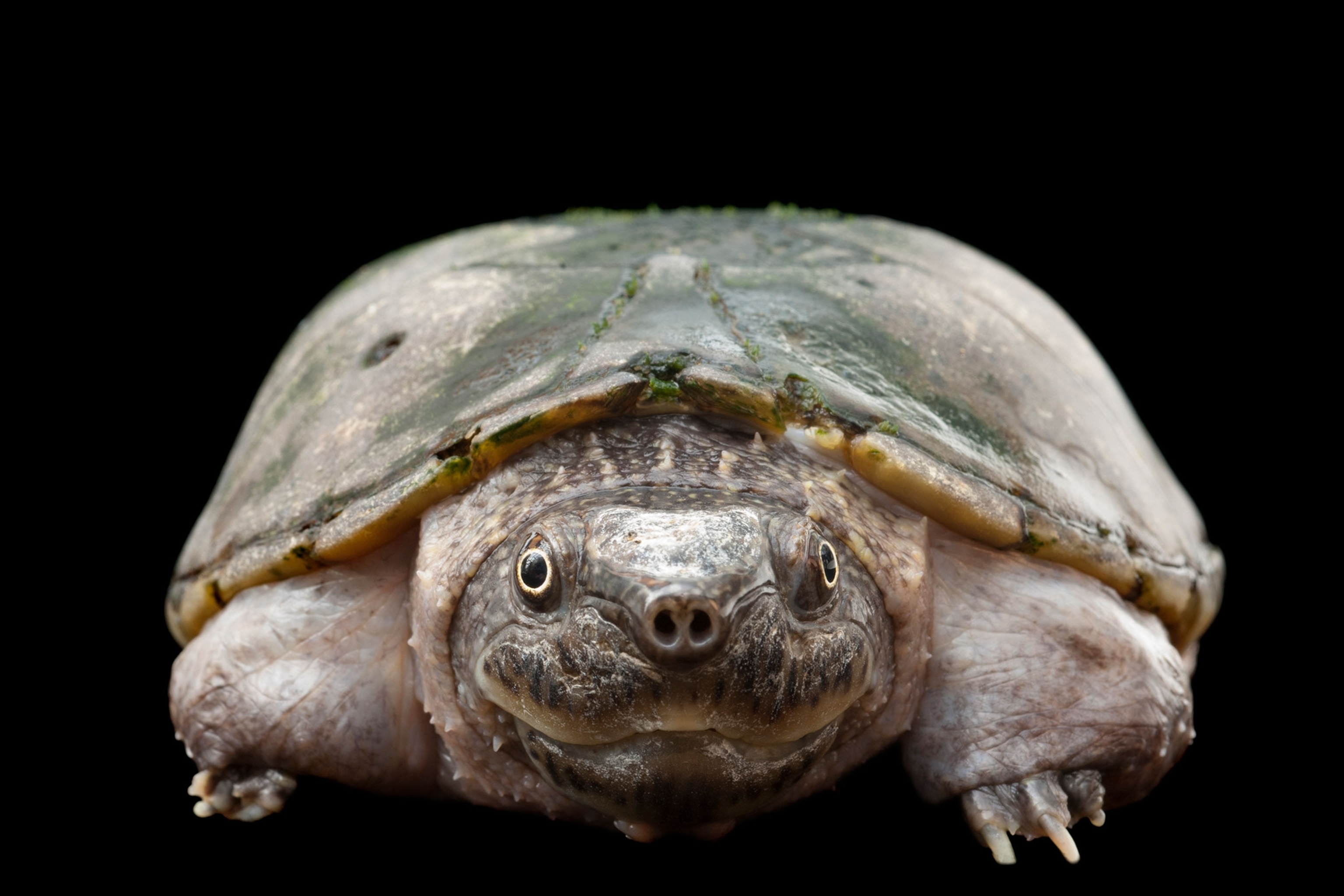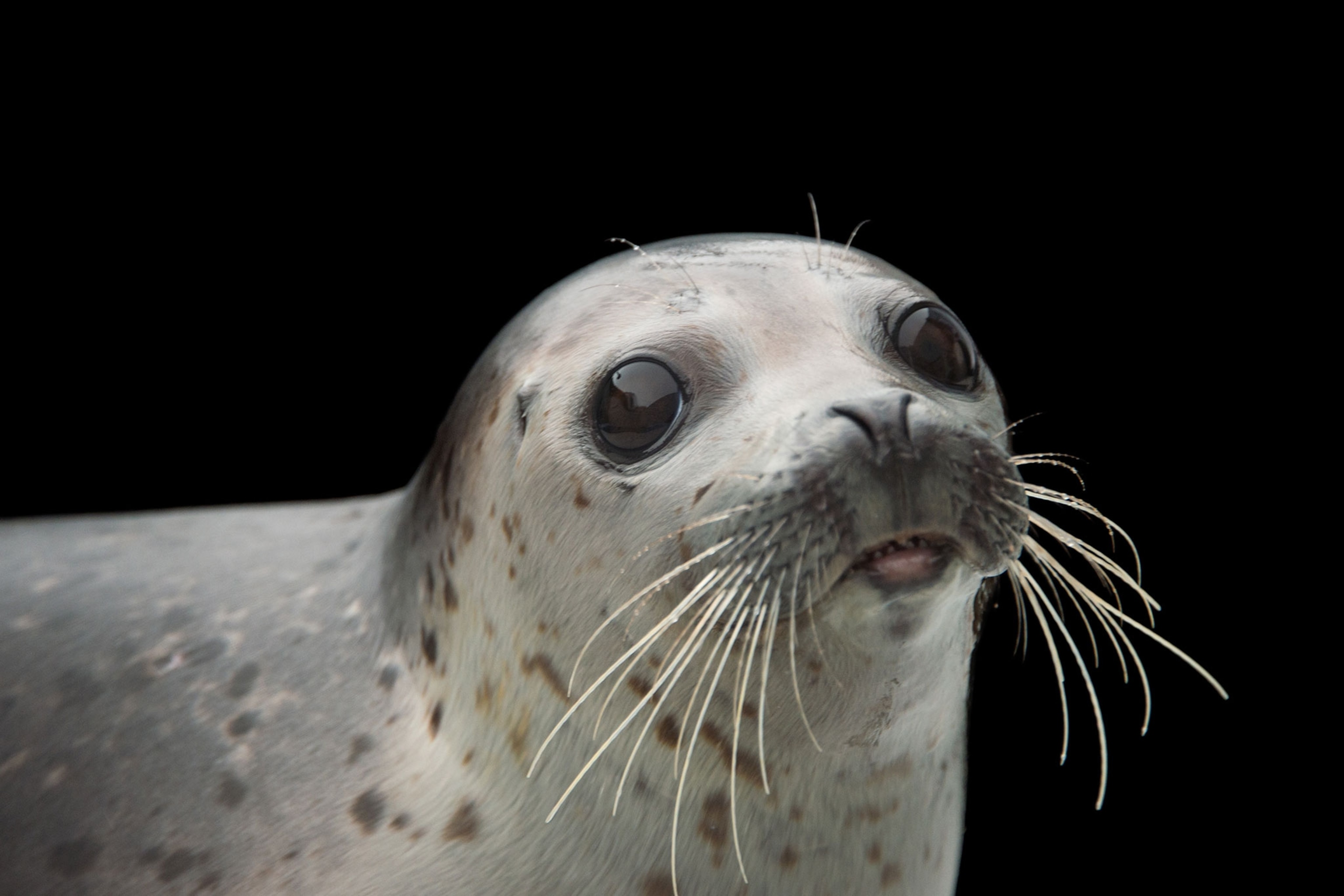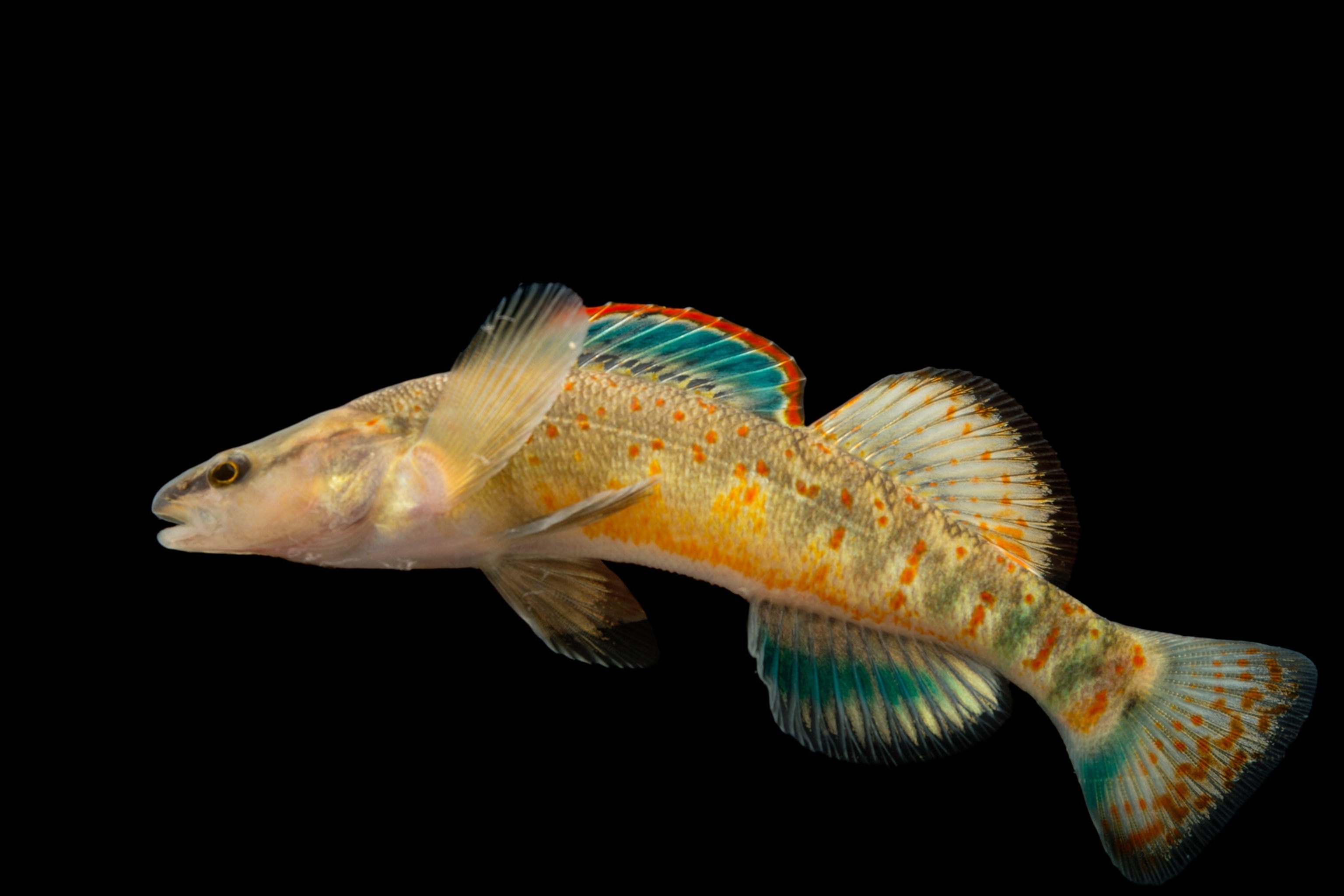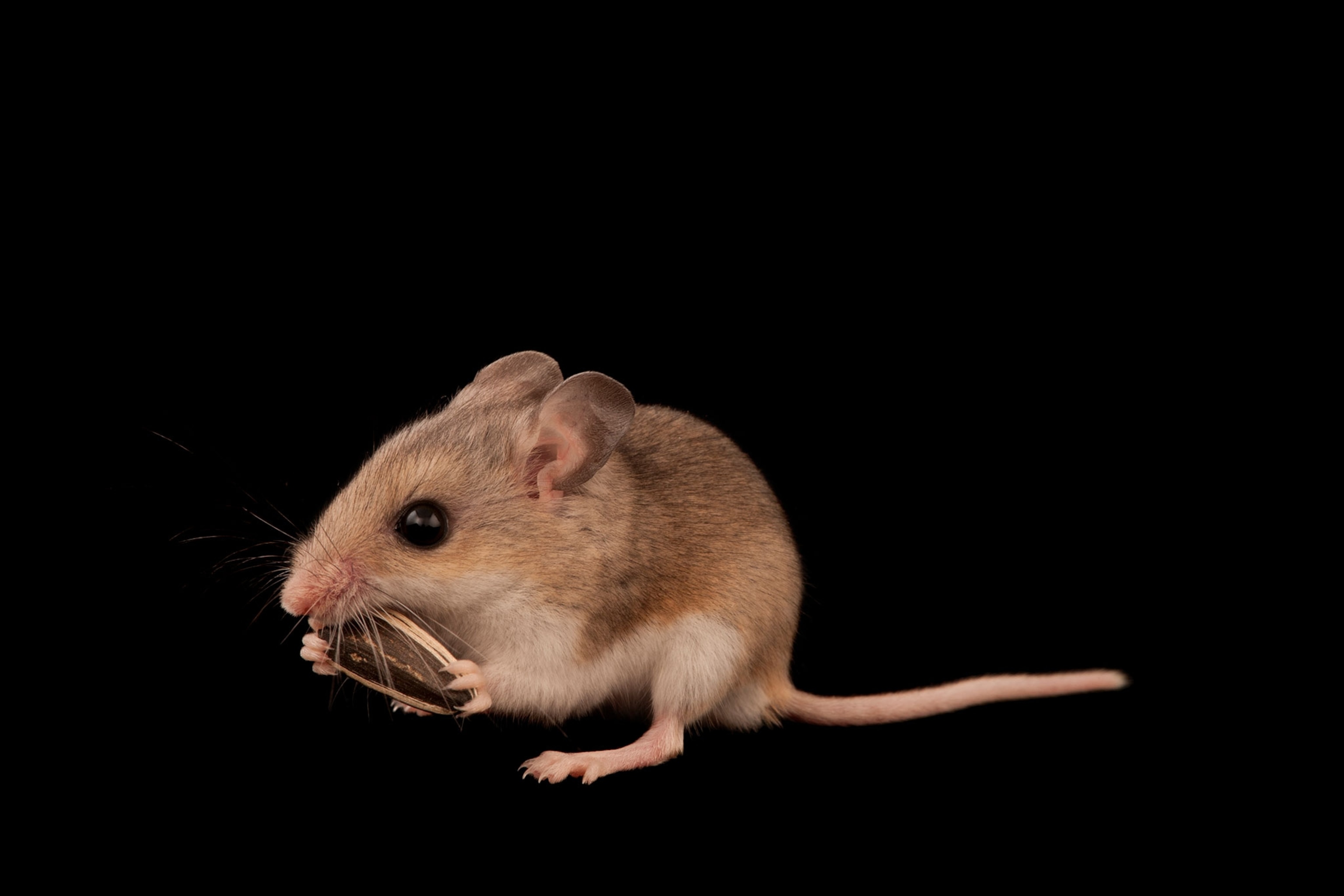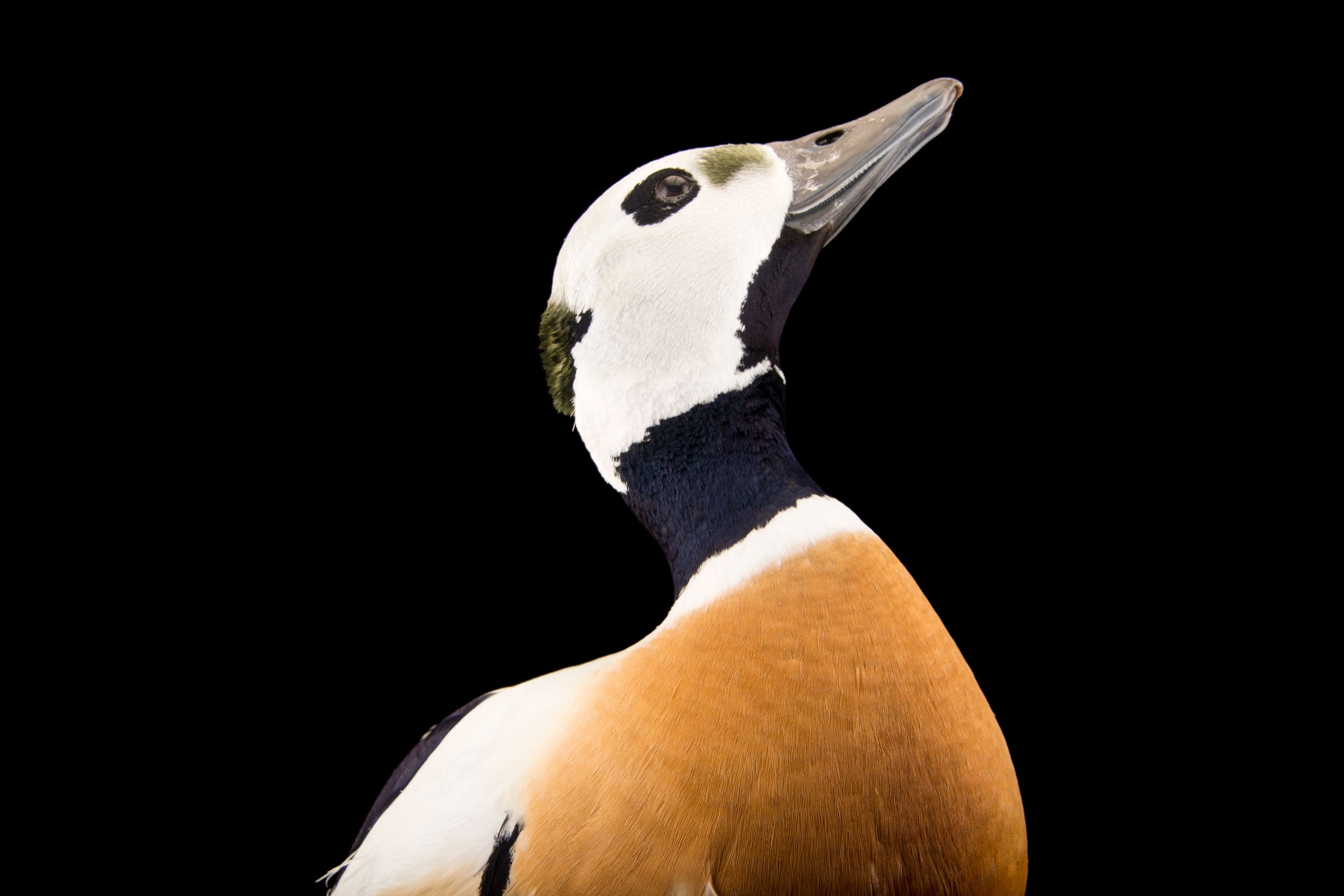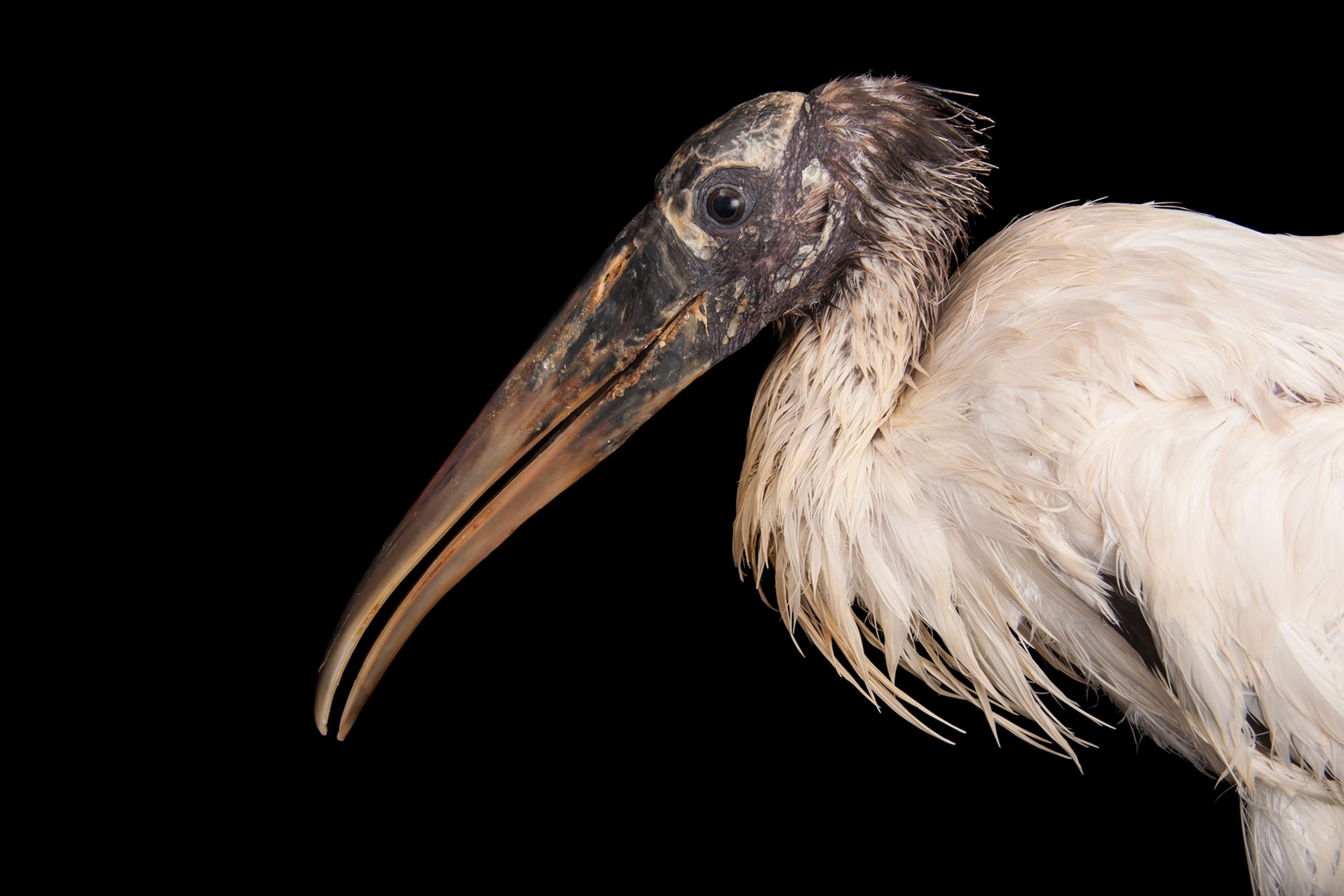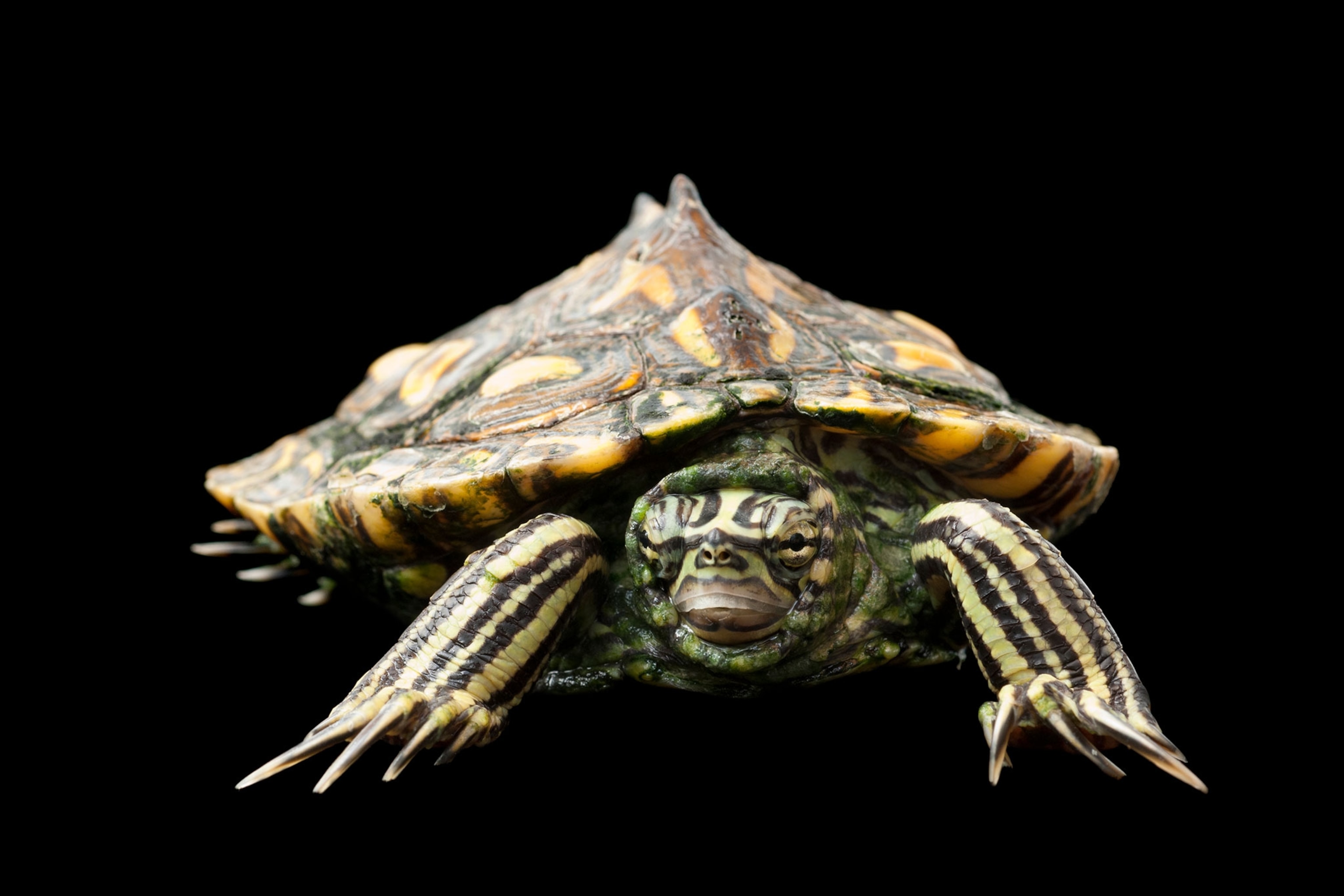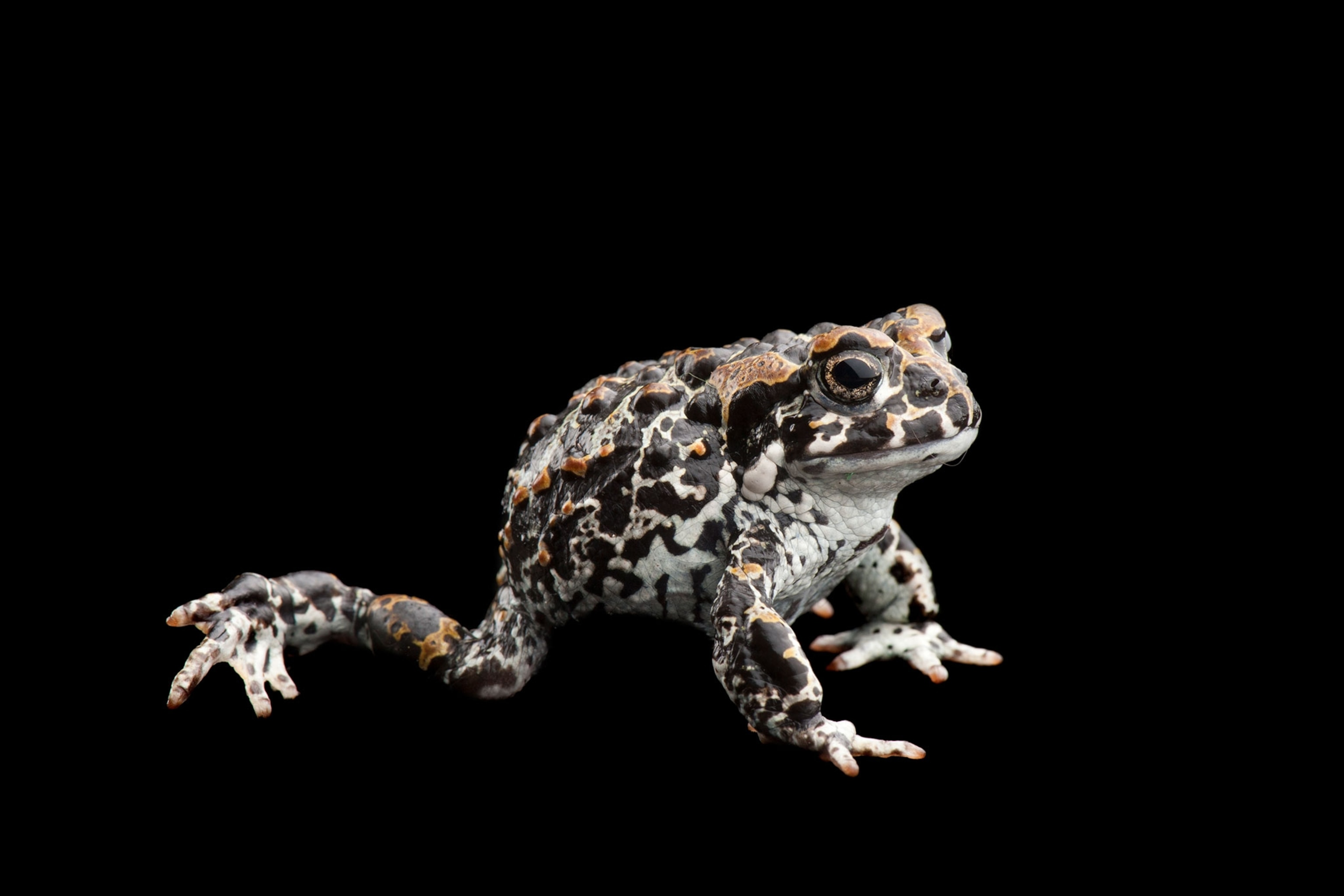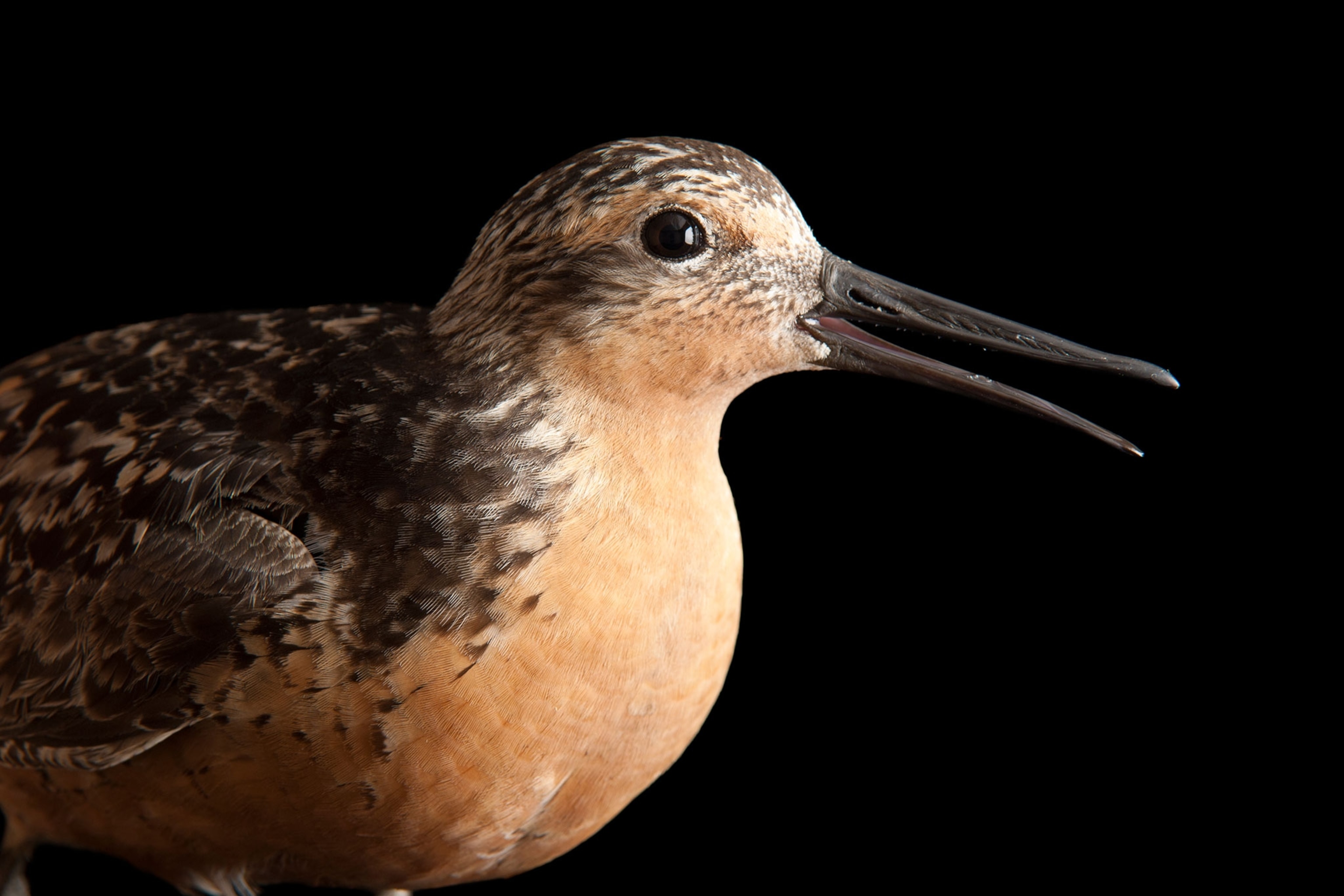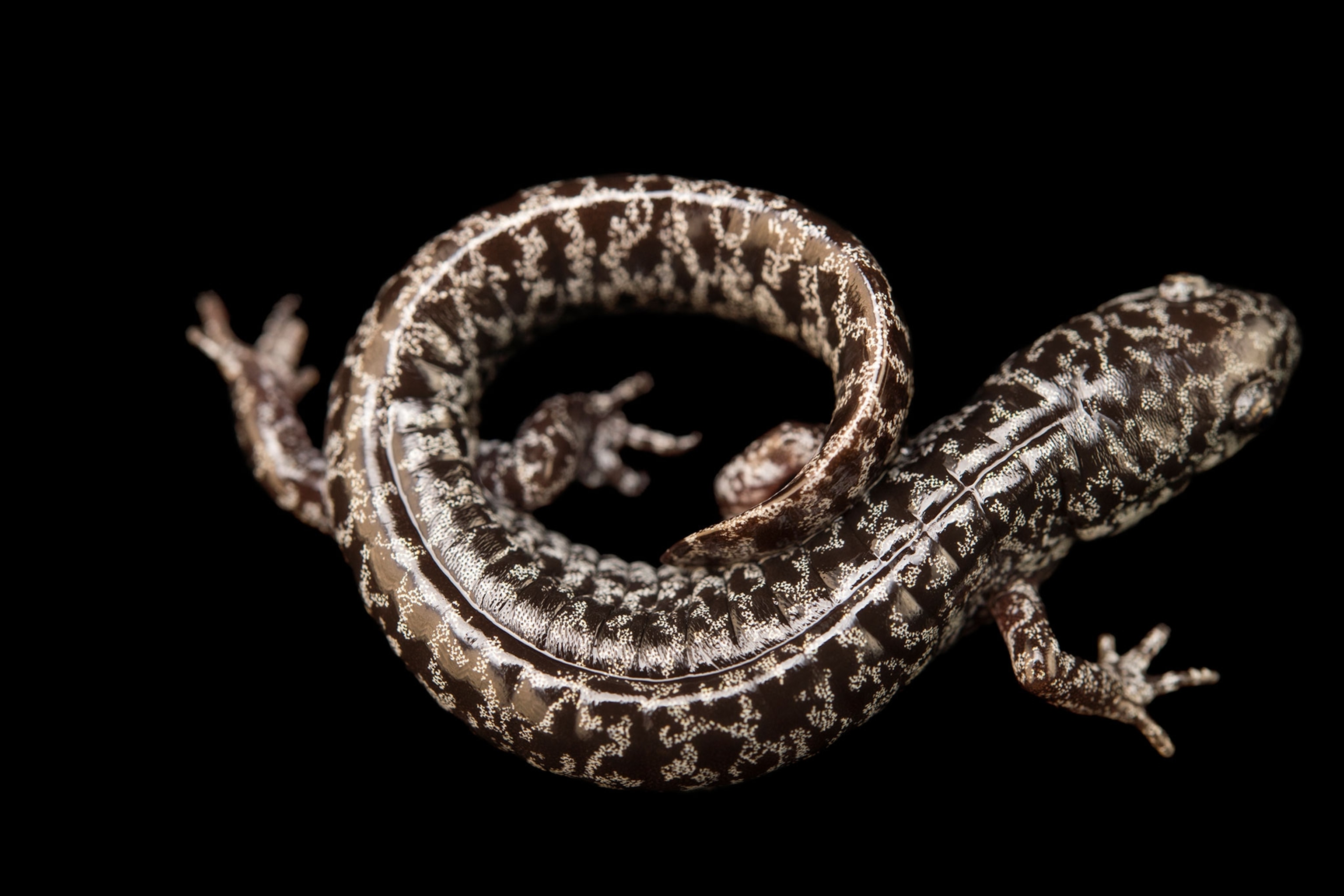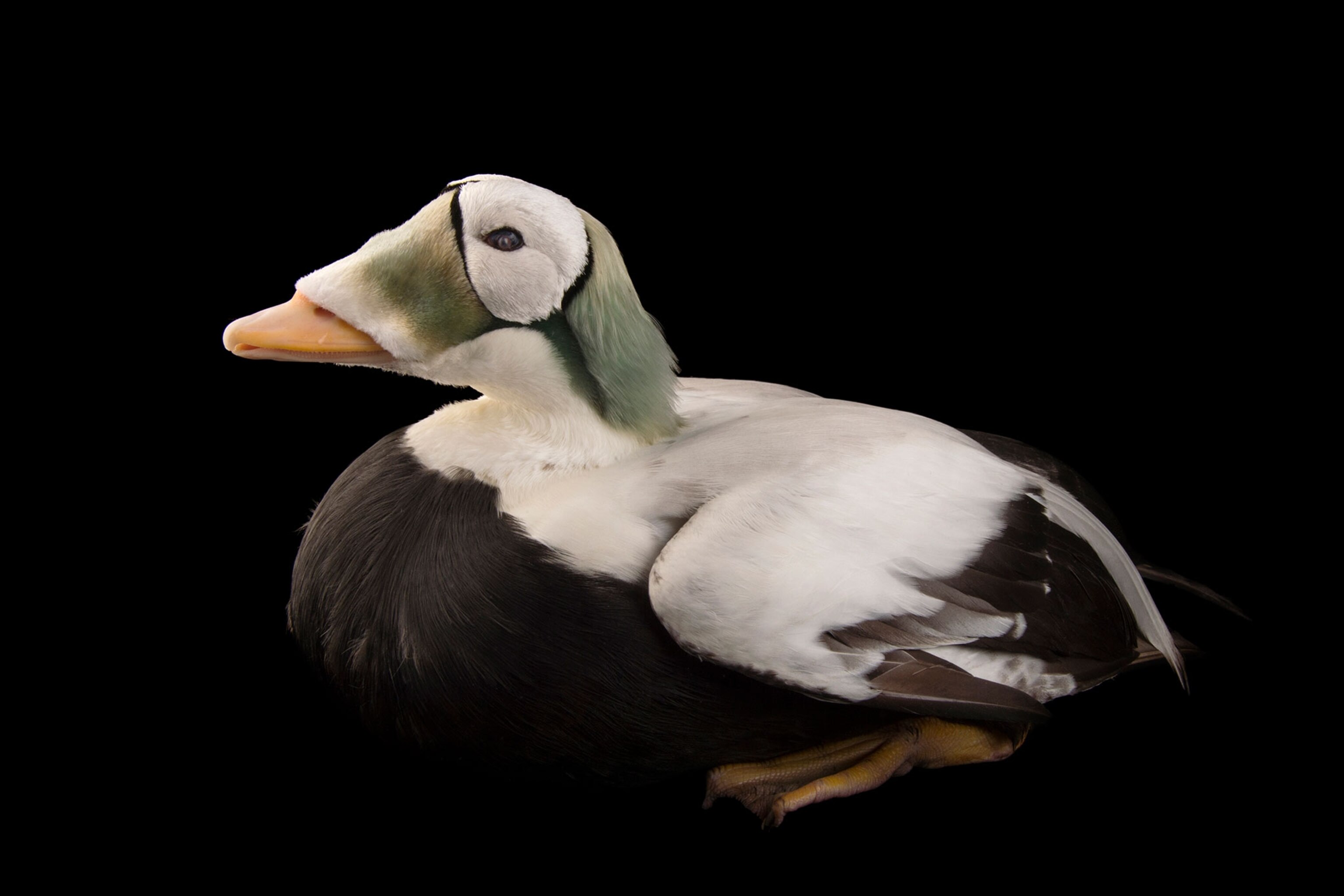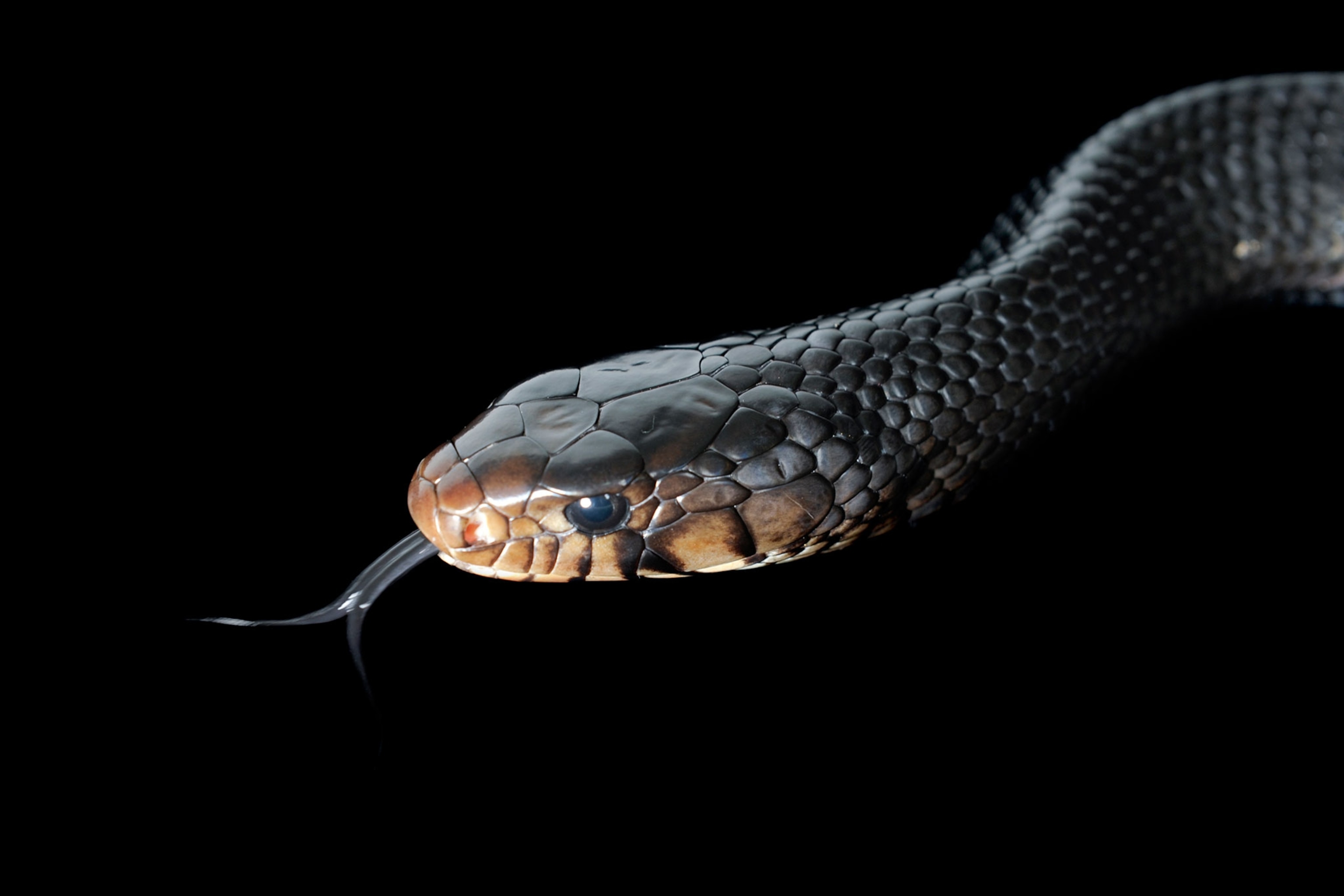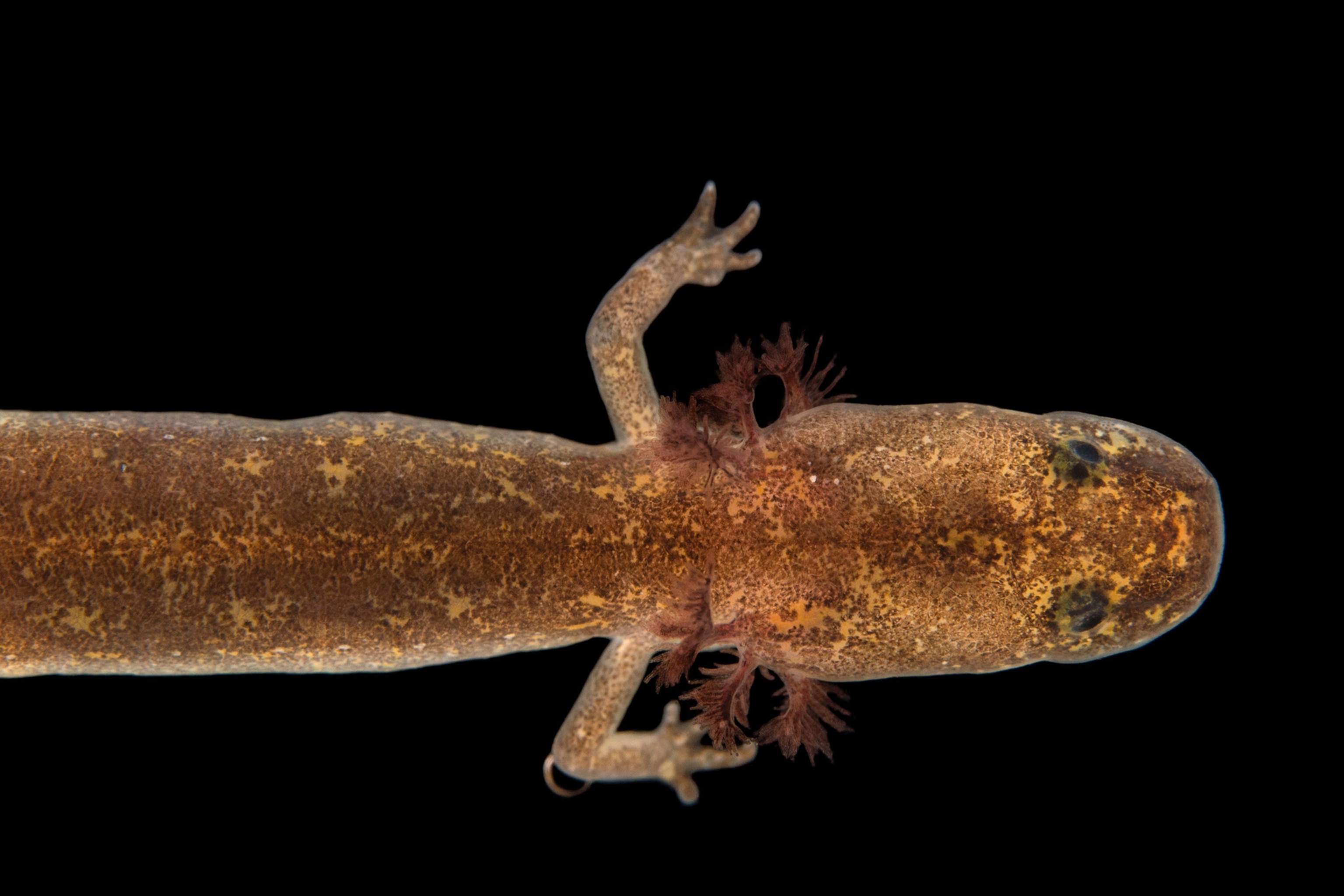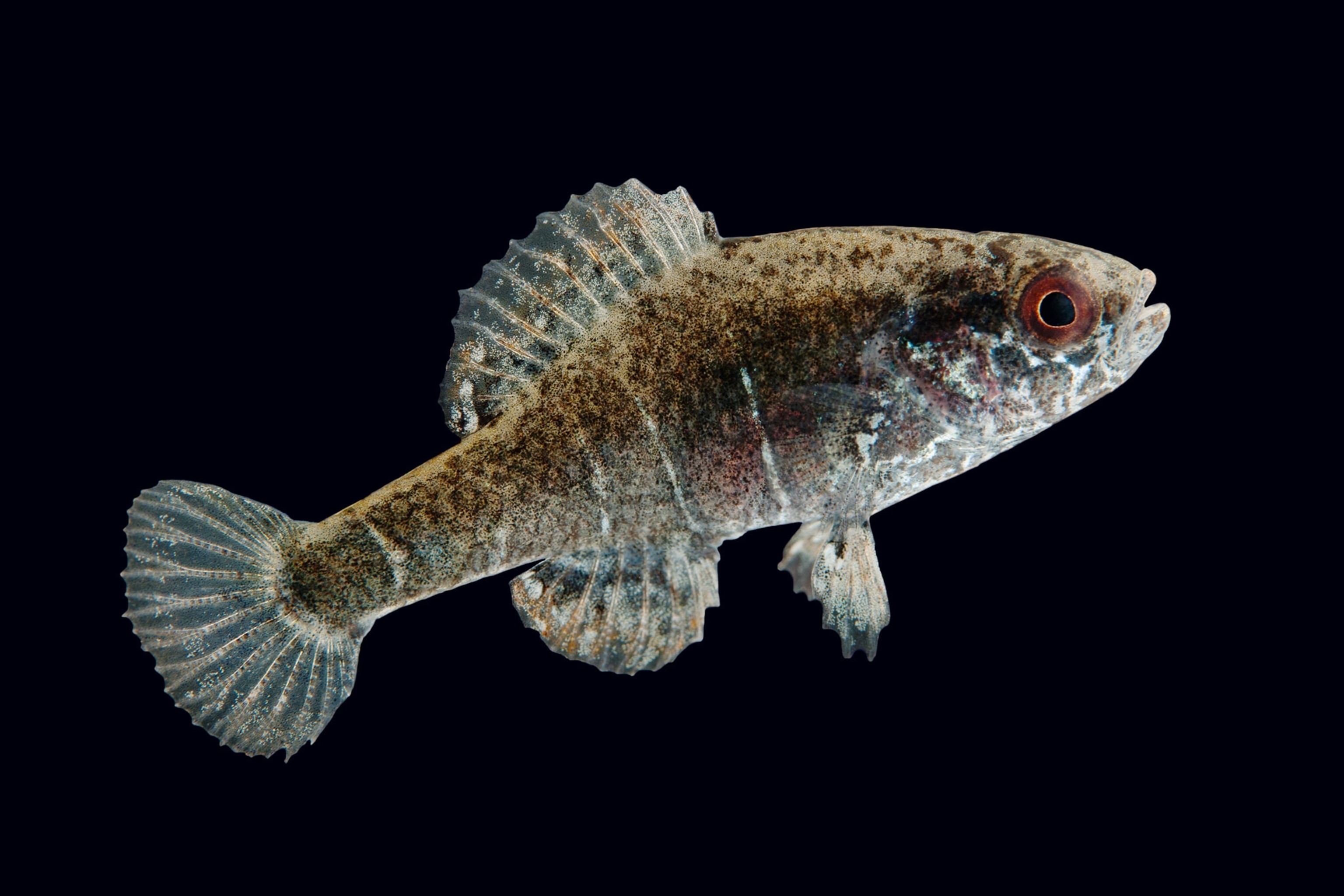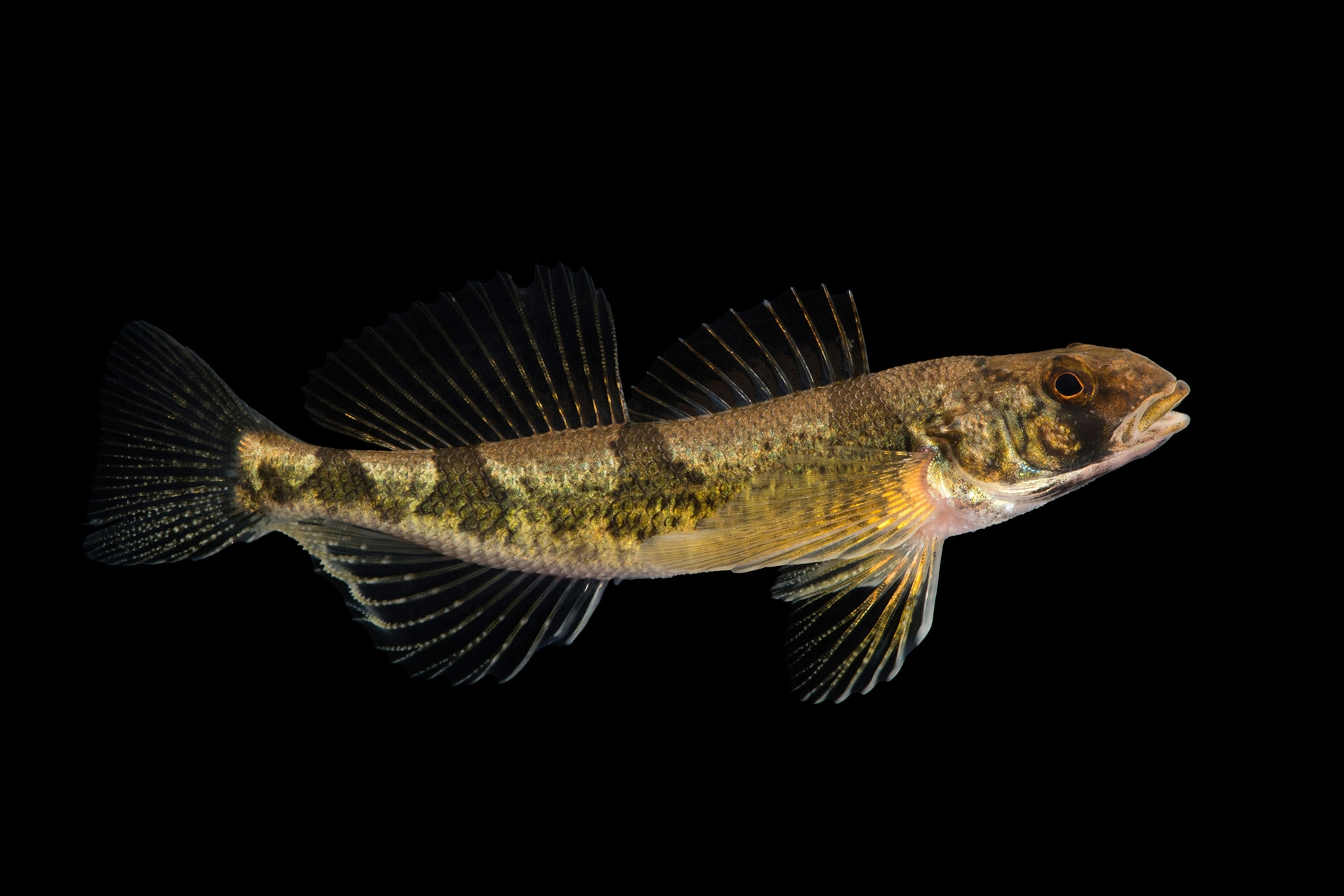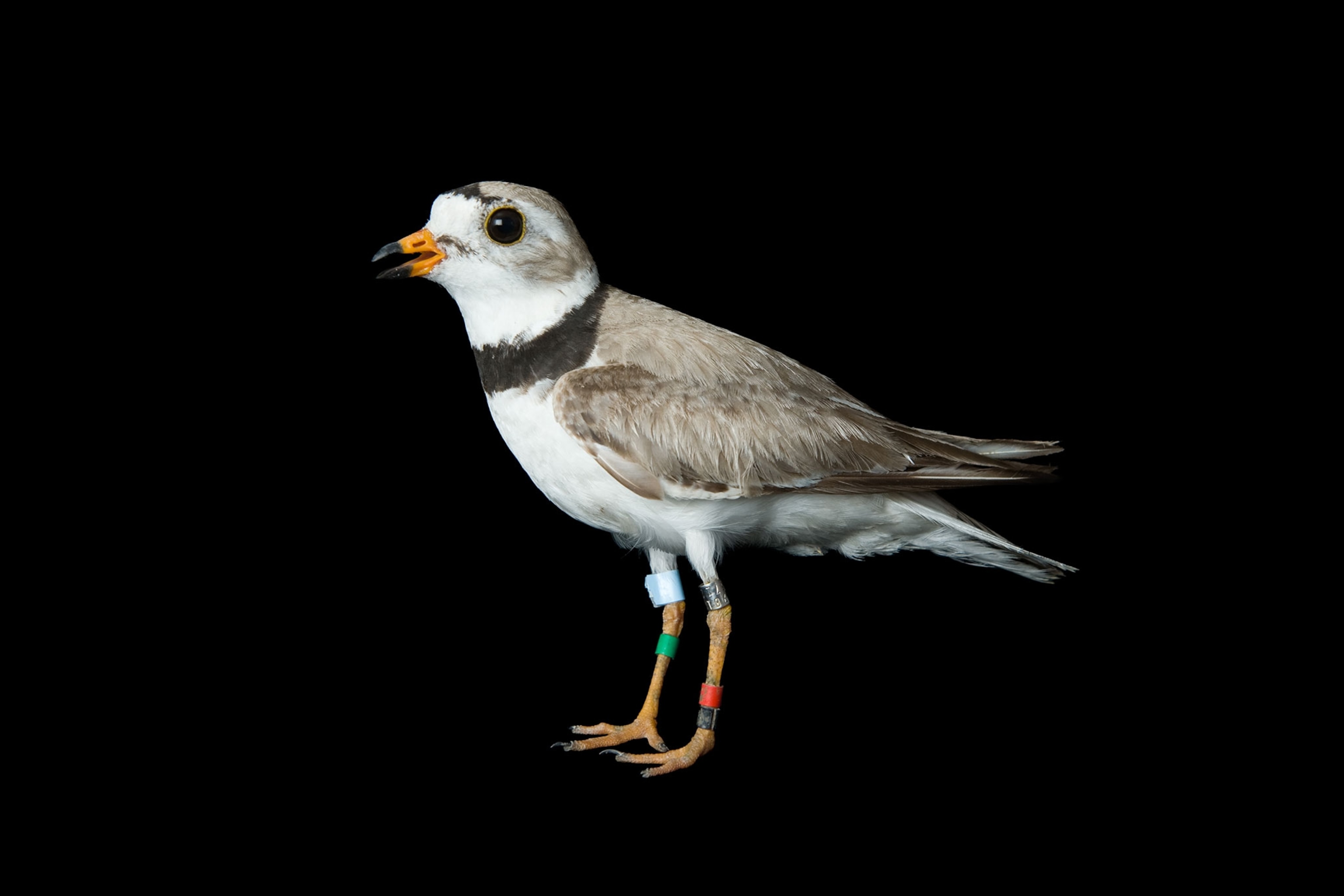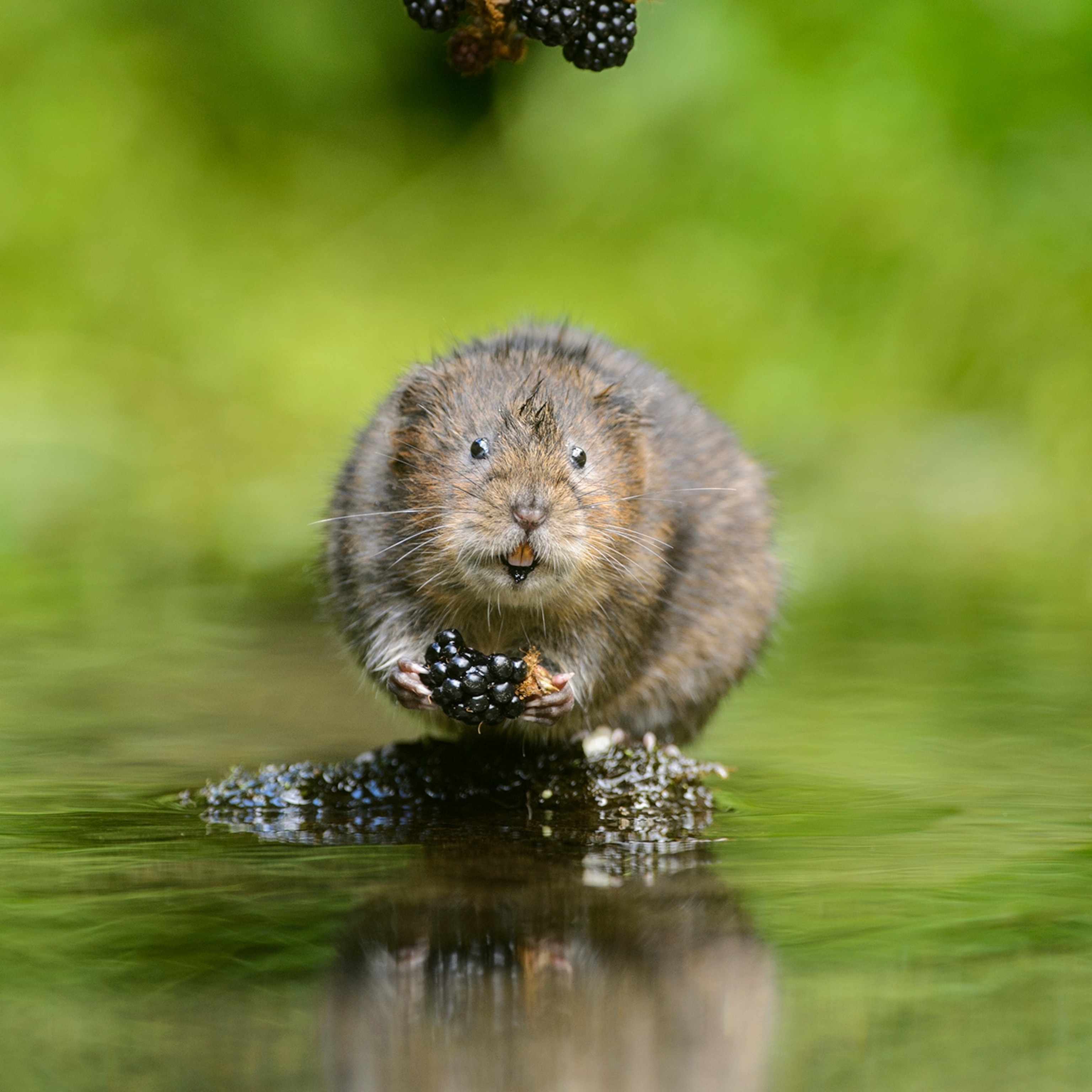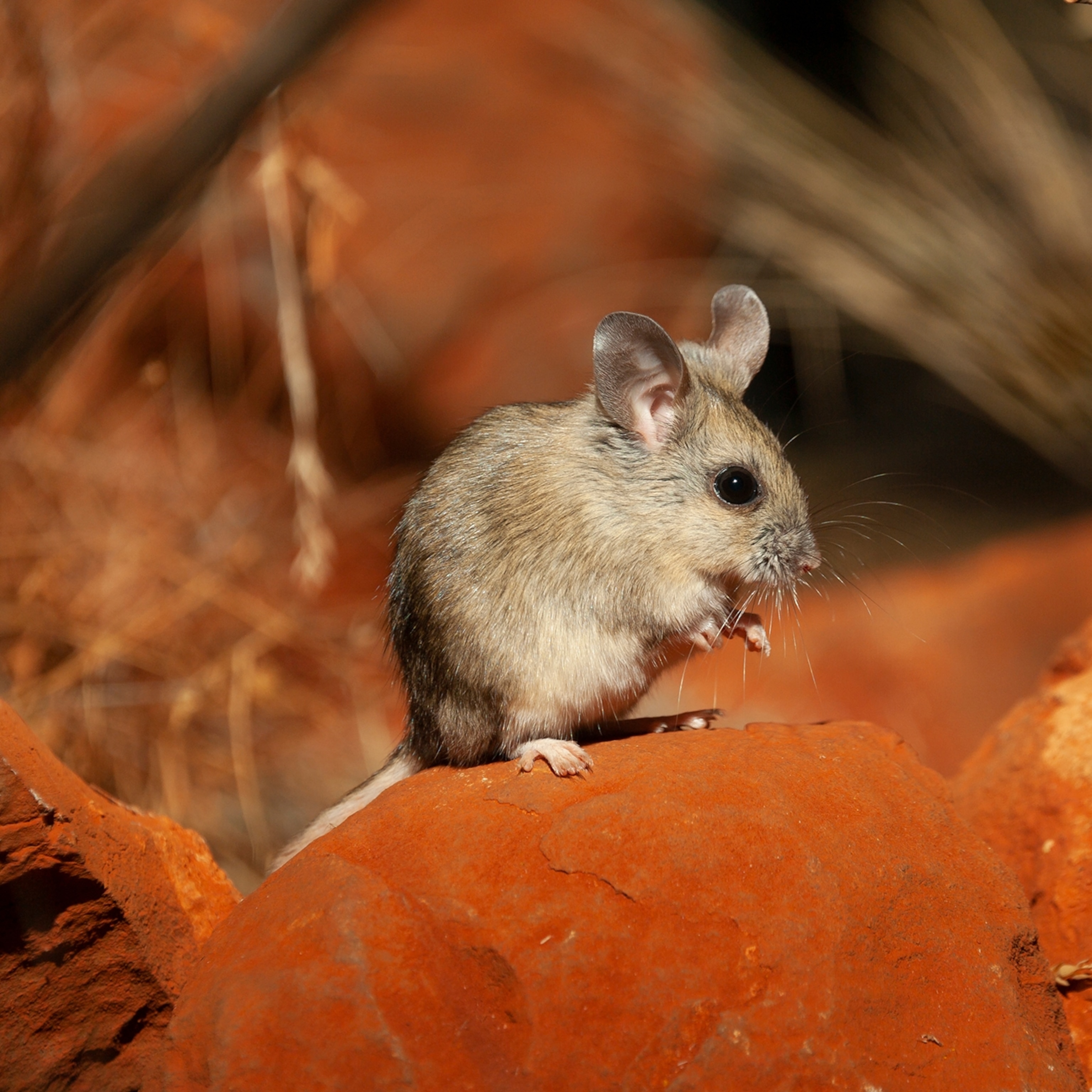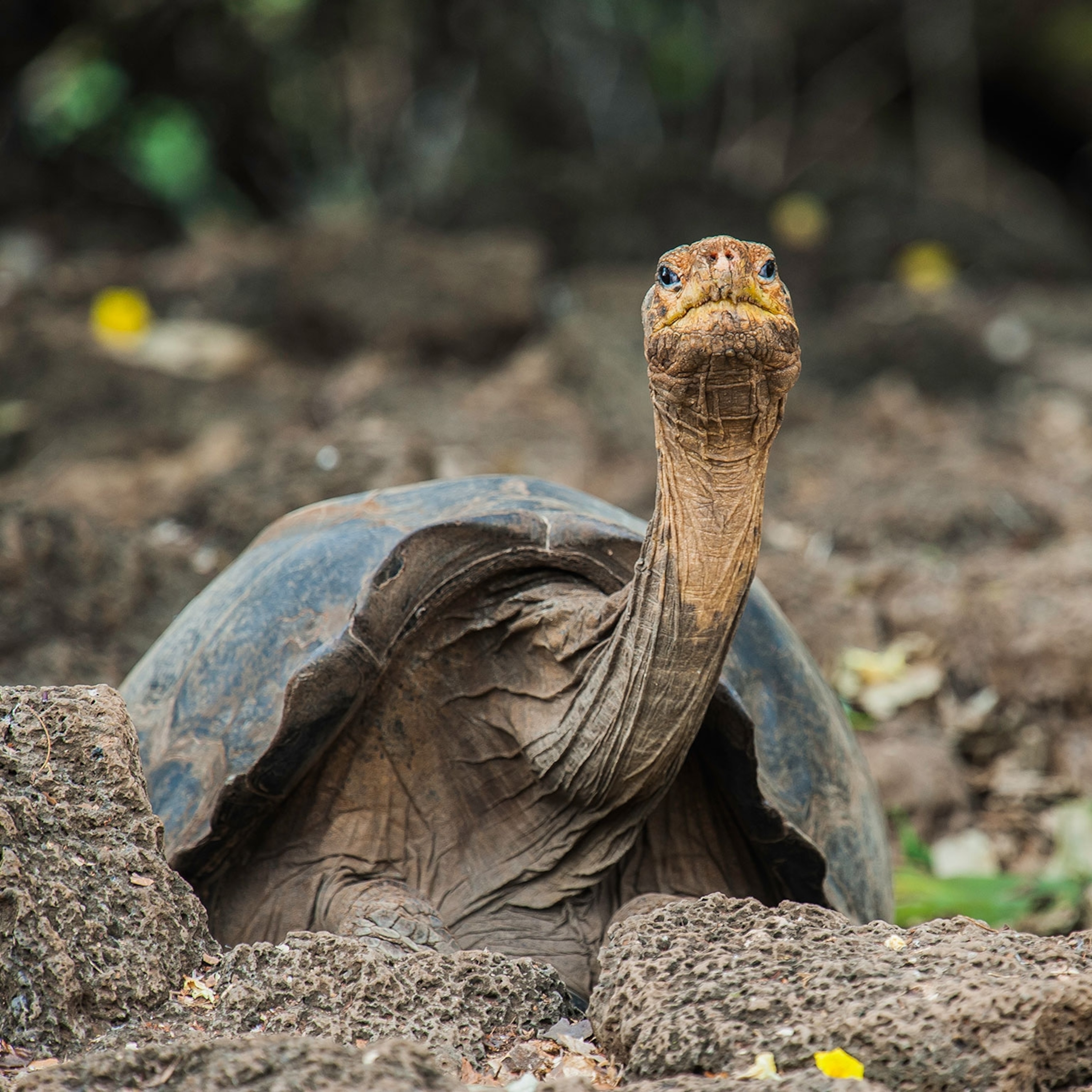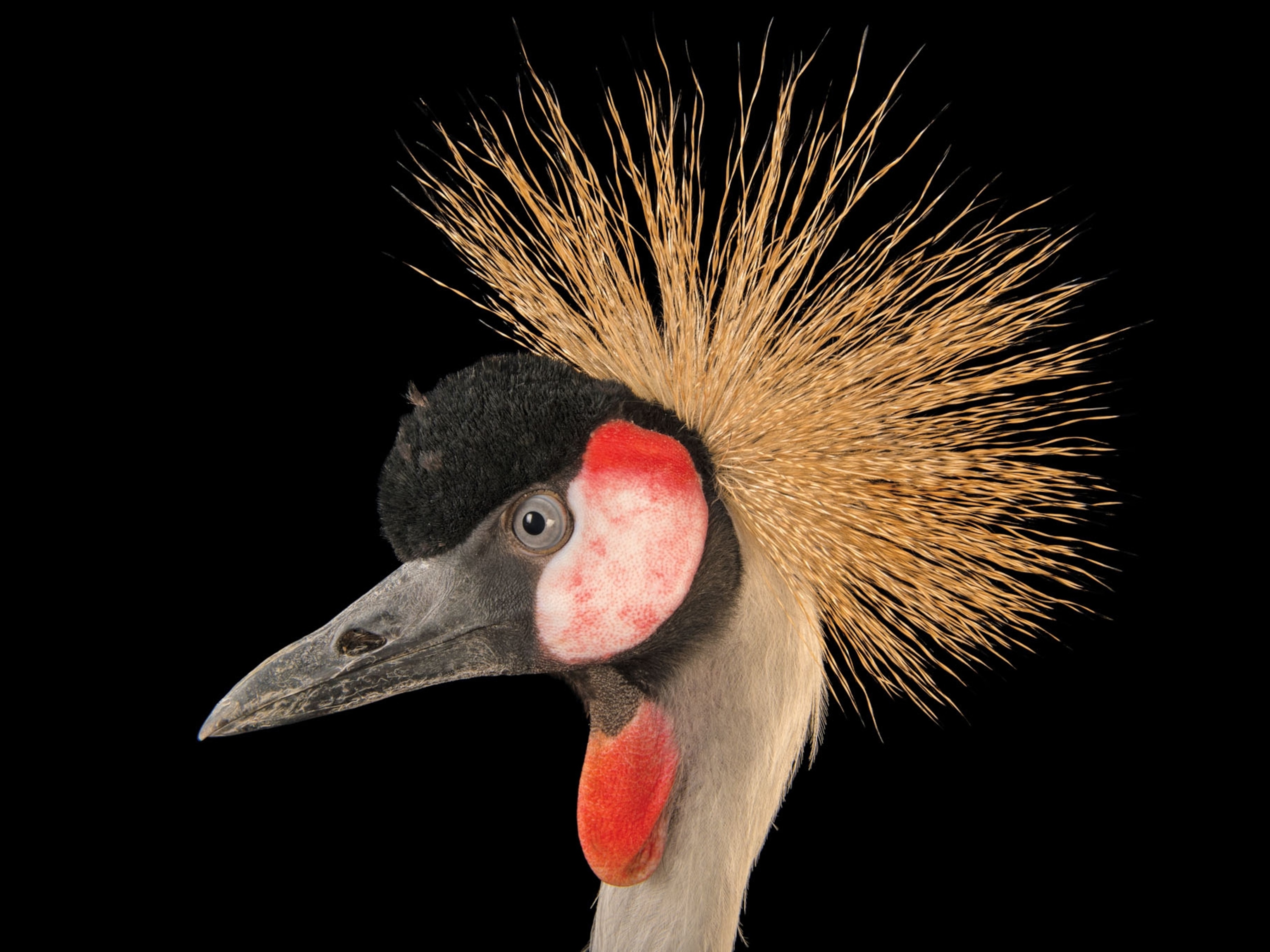
Widely misinterpreted report still shows catastrophic animal decline
New research shows that surveyed animal populations have declined by more than 50 percent on average in the last two generations.
The World Wildlife Fund For Nature’s Living Planet Report released this week describes a catastrophic decline in animal populations the world over. But it was widely misinterpreted by many outlets, with headlines wrongly insisting that we’ve lost 60 percent of all animals over the course of 40 years. The reality is more nuanced, though still alarming.
The biannual report examined trends in the global Living Planet Index, a biologist’s “stock market index” for the diversity and abundance of animals worldwide. If the global score is steady or increasing, animals are generally thriving, while a falling score indicates a planet-wide problem.
The Living Planet Index has taken a sudden nosedive—it’s down 60 percent since 1970, the blink of an eye in evolutionary time. And we’re all invested.
60 percent of what?
The Living Planet Index (LPI) combines data on thousands of species with very different lifestyles and very different conservation statuses. It's not a census in which a Eurasian pygmy shrew—of which there are plenty—would be given equal weight to a critically endangered Sumatran rhinoceros.
The LPI takes into account the fact that one less rhino is, for its overall population, a very big deal. But a few thousand fewer pygmy shrews is pretty trivial; it could be chalked up to a rounding error. Some populations in the study lost far more than 60 percent of their individuals, and some lost far fewer. But the average represented by the LPI speaks to a catastrophic global trend.
Stated another way, the report found that populations of vertebrates (animals with backbones) declined by 60 percent on average. But that’s not the same as saying that we’ve wiped out 60 percent of all animals, which the report makes clear.
Let’s say for example you have 50 tigers, 200 falcons, and 10,000 squirrels. Let’s say the first population declines by 90 percent, to 5 tigers. The second declines 80 percent, to 40 falcons. And the squirrels drop to 9,000—a 10 percent fall. That’s a 60 percent average decline of these three fictitious populations, but only a total decline of 12 percent of the individuals.
Or take the example of a single species: Imagine gray wolf populations are declining by an average of 60 percent. That doesn’t mean we’ve lost 60 percent of, say, all individual gray wolves. It means that some gray wolf packs have suffered horrific losses, perhaps even local extinction, while others have declined less sharply—but remember, packs aren’t all the same size. Local extinction in rural Idaho could mean the loss of only four animals, but since each distinct population makes the species more resilient, it’s still important information for biologists to capture.
Ecosystem services
For decades, economists and ecologists have wrestled with how to quantify the value of ecosystem services—the goods and services that nature provides, from bee-assisted crop pollination to water filtration courtesy of mollusks. The Living Planet Report pegs the value of ecosystem services at $125 trillion, just a few trillion shy of the world’s total GDP.
Though the numbers may be controversial, since people disagree about how to assign such values, even Wall Street has to admit that nature does a lot of the heavy lifting for us. Animal pollinators are responsible for a third of all food production, and we depend on cud-chewing animals to recycle soil. Birds, bats, and reptiles rein in disease-spreading mosquitoes, while medical researchers look to elusive rainforest critters for the next cancer treatment.
Due to intricate food webs, the fate of a single animal population can have far-reaching and unexpected consequences.
Census findings
University of Maine biologist Brian McGill explains the frustration of working on a biodiversity census by comparing it to other nature-monitoring projects with extensive infrastructure, like weather prediction. “In the U.S. alone, the National Weather Service spends billions of dollars a year to make accurate weather forecasts—investment in ground weather stations, ocean buoys, radiosonde balloons, and satellites to get the best possible measurements of the current state of the weather,” he says. “We have no equivalent for biodiversity.”
Through its Living Planet Reports, the WWF keeps tabs on 4,005 species of vertebrates in 16,705 distinct populations. That figure is dwarfed by the 63,000 total described species of vertebrates—and scientists think we've only documented a fraction of what's out there.
Strategically scattered across continents and biomes, those populations serve as a point of reference for all the species we don’t have data on. It’s been hard to get a precise headcount on smaller animals like ants, for example, but keeping up with birds and mammals that feed on them in the same neighborhood gives scientists a good sense of how the local ecosystem is holding up.
The “neighborhoods” in biggest trouble, according to the report, are freshwater and tropical ecosystems. Both are historical hotspots for biodiversity, supporting an unusually high concentration of species. But over exploitation, climate change, and pollution have whittled away these once-rich habitats.
The average Living Planet Index score for freshwater populations has plummeted by 83 percent, meaning that populations of water-dwelling animals has declined by this amount on average. And the LPI in the neotropics—the Carribbean, Central and South America, and slivers of Florida and Texas—has fallen by 89 percent.
Ecosystem politics
Stemming the tide of extinction will require cooperation on a global scale, so scientists have been alarmed by an international backsliding on environmental regulations.
The Trump administration continues to push to roll back elements of the Endangered Species Act, the United States’ bedrock environmental policy. And earlier this week, the Chinese government legalized the trade of rhino horns and tiger bones, a move conservationists have decried.
At the same time that Brazil’s president-elect Jair Bolsonaro plans to develop the Amazon to bolster his country’s economy, the World Economic Forum’s Global Risk Report highlighted “biological diversity loss and ecosystem collapse” as one of the top 10 economic threats in 2018.
As Alabama ecologist E.O. Wilson put it in his book, The Future of Life, “Perhaps the time has come to cease calling it the ‘environmentalist’ view, as though it were a lobbying effort outside the mainstream of human activity, and to start calling it the real-world view.” Animal conservation isn’t a special interest anymore. It’s a human interest.

